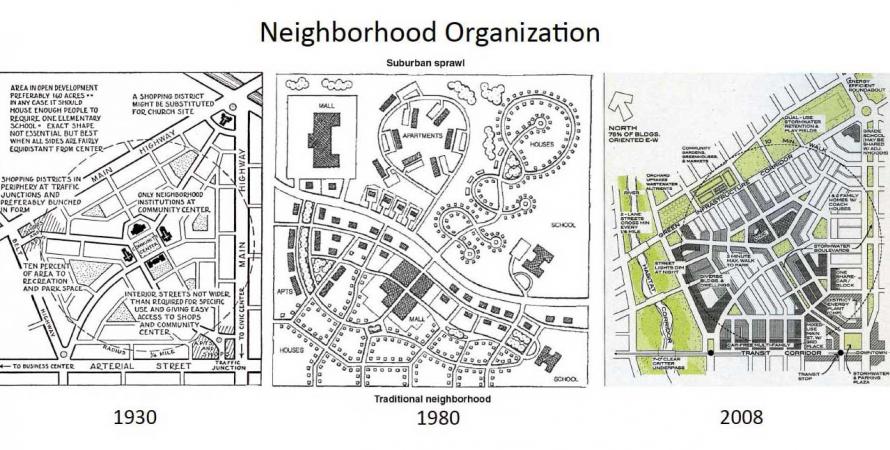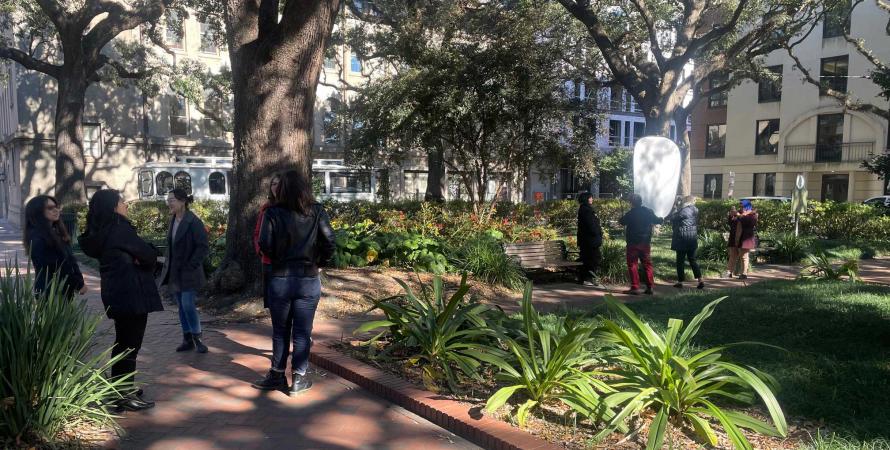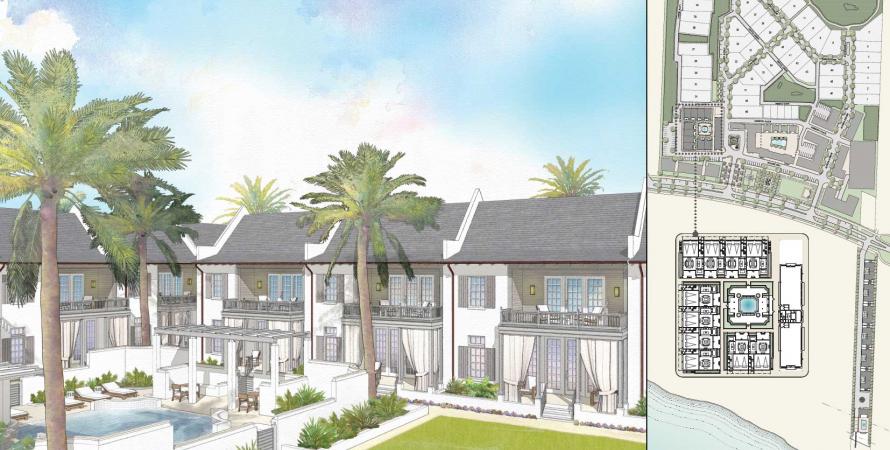-

Six-point visual check for a better downtown
When looking at façades, six questions asked together can point you toward new buildings that increase downtown vibrancy.Our downtowns are seeing more and more podium buildings (4 over 1’s, 5 over 1’s, pedestal buildings). Given building codes, the demand for housing, and financing it is easy to see why. The problem with a vast majority of what we are seeing is that the buildings are needlessly underperforming. They...Read more -

How urban designers came full circle
A profession that began by designing complete, traditional neighborhoods in the 19th Century, then soundly rejected that philosophy, has now returned to the walkable neighborhood model in this century.I have been reading a fascinating document—an AIA continuing education course that includes the most lucid history of urban design that I have read. The history is Unit 1 of a four-part course, Urban Design For Architects: Space, Place, And Urban Infrastructure , written by David Walters ,...Read more -

Learning from Savannah
A few days of walking and observing reveal the benefits that endure over three centuries of great urban design.Last week CNU staff gathered in Savannah, Georgia, one of the greatest small cities in America. Among other things, this was an opportunity to learn about urbanism by walking and observing. In just three days, we saw much of the city and also nearby Beaufort, South Carolina, and Habersham—a new...Read more -

Achievements in community design and architecture
Some noteworthy projects show how skilled architects and urban designers are tackling mixed-use, civic, housing, and infrastructure challenges around the US.Designing the “architecture of community” poses endless problems, but elite new urbanists in the Urban Guild are up to the challenge. After serving on this year’s Urban Guild Awards jury, I have been reporting on many awarded projects over the last few weeks. Today, I highlight more extraordinary...Read more